By Mike Haskew
The call of a nation on its civilian population either to create a military force or to augment a standing army is virtually as old as civilization itself. The Latin word Legio translates literally as “conscription” and is the root of the word “legion.” From ancient times to the present day, governments have initiated military conscription in some form or other to fill the ranks of their armed forces. Often unpopular and fraught with political and social consequences, such actions have contributed immeasurably to the shaping of history.
Early Forms of Conscription
Prior to the rise of the Roman Empire, the Greek city-states instituted compulsory military service while fighting alternately with one another and with marauding Persians under King Xerxes. Two methods of conscription existed in Athens. At the height of the Peloponnesian War, Athenian generals posted the names of eligible citizens on 10 lists known as katalogoi. In earlier times, service in the army of Athens was required of all men who could pay for their own weapons and armor. With the approval of the city’s representative assembly, one general was placed in overall command and an approved number of soldiers, called hoplites, were summoned to duty. By the 4th century bc, the government had begun supplying swords, spears, and shields, thus effectively eliminating exemptions from military service caused by an inability to provide one’s own equipment. Men aged from 18 to 60 were subject to service.
The second method of conscription in Athens was equally straightforward. Lists of potential soldiers were sorted by age group, and men between certain ages were called to duty periodically. While the very notion of involuntary military service may have seemed at odds with the ideals of Athenian democracy, there was no such ambiguity among the people of Sparta, the ancient rival of Athens for Peloponnesian preeminence. The military and the city-state were the center of Spartan existence. At the age of seven, every male Spartan was sent away to military and athletic schools. These schools instilled toughness, discipline, endurance of pain, and survival skills. By the age of 20, Spartan youths already had received 13 years of military training. For the next 10 years, as Spartan soldiers, they shared their lives with their fellow soldiers. Only after they turned 30 were Spartan men allowed to live in their own houses with their own families. Even then, they continued to serve in the military. Military service finally ended at the age of 60—assuming the typical Spartan male lived that long.
During the Middle Ages, the absence of effective central government posed a challenge to the formation of large armies. Weapons were expensive, and most military forces were composed of aristocratic males complemented by mercenaries. The re-emergence of strong centralized governments and ongoing progress in weapons development, particularly firearms, facilitated the fielding of larger armies that included yeoman farmers, laborers, and civilians of lower social status. During the ensuing era of empire building, European armies grew tremendously in size and strength.

Among the first to recognize the need for a standing army (which created, in turn, a need for more troops) was Prussian King Frederick William II, better known to history as Frederick the Great. When Frederick ascended the throne in 1740, he inherited from his father a well-trained army of over 80,000 men, but one that the old king was loath to risk in battle. The new king, with his eye on expanding Prussian territory at the expense of its neighbors, had no such compunction. In the course of the next two decades, he would lead the army to victory after victory in the War of the Austrian Succession and the Seven Years’ War. Such victories came at a staggering price in human lives.
Frederick’s army, the first professional army in Europe since the Roman Legion, was constantly drilled in marching, maneuvering, and weaponry. To guarantee a steady flow of soldiers, the king encouraged militarism among the elite upper class by fostering advanced officer training at the Collegium Carolinium in Cassel and other universities. Line officers were drawn from the middle class and segregated into appropriate units based on their backgrounds as farmers, gameskeepers, or tradesmen. At the bottom of the army hierarchy were the all too aptly named entheherliche Leute, or expendable people. These soldiers, the backbone—and cannon fodd— for Frederick’s wars of conquest, were often farmhands, wandering youths, school dropouts, and homeless people dragged off the streets or farms by pitiless impressment gangs. Military recruiters, known as “sellers of souls,” used more subtle means, including knockout drops in drinks, to dragoon men into Frederick’s army. Once there, they seldom left, except by death or desertion.
Levée en Masse
The concept of modern conscription was a byproduct of the simmering conflict between social classes and the introduction of democratic ideals in revolutionary France. On August 23, 1793, France initiated the levée en masse, a general conscription of the civilian population of the country. All Frenchmen between the ages of 18 and 25 who were capable of bearing arms were immediately taken into the service. Meanwhile, the civilian population was also required to help support the revolution, which had been threatened by intervention from foreign powers seeking to abolish the republic and reestablish the monarchy.
In its declaration announcing the levée, the French National Assembly asserted, “From this moment until such time as its enemies shall have been driven from the soil of the Republic, all Frenchmen are in permanent requisition for the services of the armies. The young men shall fight; the married men shall forge arms and transport provisions; the women shall make tents and clothes and shall serve in the hospitals; the children shall turn linen into lint; the old men shall betake themselves to the public squares in order to arouse the courage of the warriors and preach hatred of kings and the unity of the Republic.”
At the time of the levée, France was indeed at war with its European neighbors. The order required each département, or civil jurisdiction, to supply a certain number of conscripts to the army, although during the course of the levée, only about half the required number of men actually was received into the ranks. The edict was widely unpopular, and many of those eligible for service took extraordinary measures to avoid reporting for duty. Although desertion and inefficiency ran high, the effort proved just successful enough to stave off military and political disaster.

By 1798, the levée had been supplanted by the Jourdan Act, named for a deputy of the National Assembly. The first article of the Jourdan Act decreed, “Any Frenchman is a soldier and owes himself to the defense of the nation.” The Jourdan Act, in turn, facilitated the growth of the French Grande Armée, the army of citizen-soldiers that Napoleon Bonaparte employed so brilliantly against the professional fighting forces of other nations en route to becoming the military scourge of Europe.
The impact of French innovation in constructing a country’s military machine was far-reaching. The ability to raise large numbers of troops during a time of national emergency was essential to the scale of the great battles that followed during the 19th and 20th centuries. Greater numbers of combatants and ever-improving technologies of killing fed the staggering casualty rolls of World Wars I and II. Subsequently, whenever manpower came into short supply, it was the draft that enabled the fighting to continue.
The Prussian System and the First World War
The next important advance in the raising of large civilian armies came from the Prussian concept of training soldiers during a short period of peacetime service, maintaining their proficiency, and keeping them subject to mobilization on short notice. Ironically, rather than proving a purely defensive measure, the Prussian system became decidedly offensive as other nations adopted the practice. The ability to quickly field a large, well-equipped, and mobile army contributed heavily to the rapid onset of World War I, as the European continent evolved into two armed camps within a matter of months.
General conscription in some form of draft existed among all the major warring powers from 1914 to 1918. During the 18 months from early 1913 through the summer of the following year, France increased the period of draftee service from two to three years, while Germany increased the size of its army by 170,000 new soldiers. Russia lengthened its service period per soldier from three years to 42 months. Although the British Empire relied on a volunteer service until 1916, during the pre-war years the nation had actively prepared for the upcoming conflict by participating heavily in the global arms race, stockpiling weapons, and enhancing its transportation infrastructure.
One of the staunchest advocates of conscription in the British government was Prime Minister David Lloyd George, who was elevated in December 1916 from the positions of minister of munitions and war secretary to the leader of a coalition government. The British had suffered appalling casualties in the first two years of the Great War, and Lloyd George was convinced that national conscription was necessary. Under the provisions of the Military Service Act, all eligible males were ordered into the armed forces. Across the Empire, opposition to the measure was fierce and precipitated unrest in Canada, Australia, New Zealand, and Ireland.

In an effort to bolster the dwindling number of volunteers—only 300,000 had come forward by 1916—the Military Service Act became law in Canada on July 6, 1917. Violence erupted in the streets of Quebec City, and four people were killed when soldiers opened fire on protesters. The conscription crisis in Ireland contributed to that country’s drive for independence. Poet William Butler Yeats wrote acidly to a member of Parliament, “It seems to me a strangely wanton thing that England, for the sake of 50,000 Irish soldiers, is prepared to hollow another trench between the countries and fill it with blood.”
By the summer of 1914, the German national identity already had been forged through the general unification of the country, which had been accomplished largely through the efforts of Prime Minister Otto von Bismarck. Kaiser Wilhelm II encouraged German nationalism and openly sought his country’s “place in the sun.” Before that time, the German Army had been largely under the control of one directing mind, that of General Helmut von Moltke. In short order, the German Army had become the most perfect fighting machine in the world. No higher compliment could have been paid to Germany’s military system than the fact that it was copied by the very nation—France—that suffered the most from its success. The German model was copied later by all nations, none more sedulously than Japan.
Conscription Post-World War I
During the interwar years, the Treaty of Versailles specifically restricted the German Army, or Reichswehr, to a maximum strength of 100,000 men. In an overt repudiation of the treaty, Adolf Hitler reinstituted conscription in 1935. Every German male aged 18 to 45 was subject to being called up, and in time of war even women were targeted for “special service.” Many of those who initially had been considered unfit for frontline military service because of age, wounds, or physical impairment eventually found themselves in uniform as the tide of war turned decisively against Germany and battlefield losses became catastrophic.
Every major European military power, with the notable exception of Great Britain, continued some form of conscription following World War I. In the spring of 1939, the British Parliament passed the Conscription Act to prepare for the looming conflict by establishing military training and mobilization programs. On September 3, the date that Great Britain declared war on Germany, another law was enacted and provided for the call-up of males between the ages of 18 and 41. Women were also eligible for the draft and participated in noncombat roles. A further measure, the Emergency Powers Defence Act, placed the civilian population and industry on a war footing. The legal scope of conscription in Great Britain even extended to those, such as coal miners, who had engaged in work previously deemed essential to the war effort.
In the Soviet Union, nearly 30 million men and women were drafted into the ranks of the Red Army during the Great Patriotic War, as World War II came to be known in Russia. At the time the war began, slightly fewer than five million soldiers were under arms. By then, the Soviets had already fought a brief but bloody war with Finland and had begun the war as an ally of Nazi Germany. Soon, nearly six times as many men and women would be enlisted to fight for the Motherland.

Japan began to introduce conscription little more than a decade after the nation turned decidedly toward the West in the 1850s. Although the institution had been initiated for security reasons, the armed forces rapidly became the modern embodiment of the samurai, or warrior class, and served to bring the nation together during the expansionist years of the 20th century. Between 1918 and 1940, the size of the Japanese military steadily increased, and on the eve of its surprise war with the United States, Japan’s armed strength was in excess of five million men.
Since World War II, many nations, including Germany, Denmark, Finland, Greece, Norway, South Korea, Egypt, Israel, and the People’s Republic of China have maintained compulsory military service for males who have reached a minimum age of 18, although the end of the Cold War has sparked debate over the continuation of such policies. Other countries, including the United States, rely on volunteer armed forces but maintain a system of registration to facilitate a call-up in the event of a national emergency.
The American Draft
Perhaps no nation has been more profoundly affected by military conscription, popularly known as “the draft,” than the United States. During the colonial period, a standing army was not organized; however, adult males were subject to the call of their particular state governments to form militia units in response to any immediate outside threat. With the coming of the Revolutionary War, the Continental Army was made up largely of such state militias, complemented by men who had been enticed to enlist by such incentives as tracts of land on the western frontier and cash bonuses. Inevitably, however, short enlistment periods frequently expired prior to decisive battles. Desertion was a problem as well, since many of the recruits were farmers who were compelled to return to their fields on a seasonal basis.
The commander of the Continental Army, George Washington, was forced to cope with the constant difficulty of maintaining an effective force to battle the British. Later, as president of the United States, he sought to improve the country’s military posture. Approved by the Second Continental Congress and signed into law by Washington on May 8, 1792, the National Conscription Act stated that “every able-bodied white male citizen of the age of 18 years and under the age of 45 be enrolled in the militia. Every citizen so enrolled shall within six months thereafter provide himself with a good musket or firelock, a sufficient bayonet and belt and not less than twenty-four cartridges.” The act further stipulated that “if any person, officer or soldier called out into the service of the United States be wounded or disabled while in actual service, he shall be taken care of and provided for at the public expense.”
Subsequent draft measures proposed by Presidents John Adams, Thomas Jefferson, and James Madison received little support from Congress, but the outbreak of the War of 1812 prompted the legislative body to authorize the raising of a regular army. In exchange for 13 months of service, recruits were offered a cash bonus of $16 upon enlistment, along with a 160-acre tract of land and three months’ pay upon discharge. Still, these incentives were not nearly enough to field an army to fight the British, and once again the lion’s share of the nation’s defense fell on the state militias. Congress eventually empowered President James Monroe to call 100,000 militiamen into service.

The Enrollment Act of Conscription
Less than a century after the Declaration of Independence, the United States was wracked by the Civil War. In the wake of the Confederate firing on Fort Sumter, a wave of patriotic fervor swept across both North and South. It soon became apparent that the war would be a protracted and costly one in terms of lives and treasure, and the Union and Confederate governments resorted to conscription. On April 16, 1862, the Confederacy adopted the first of three conscription acts, making men aged 18 to 35 subject to service. That September, during the same month that the war’s bloodiest single day of combat was fought at Antietam, the Confederate Congress extended the eligible draft age to 45.
Following the Battle of Antietam, President Abraham Lincoln issued the Emancipation Proclamation, theoretically freeing slaves in those states that were then in open rebellion against the United States. The Proclamation was to take effect on January 1, 1863. Two months later, Lincoln announced the Enrollment Act of Conscription, and violence erupted in major cities across the North. Those who were well-to-do could avoid the draft, either through paying $300 for an exemption or hiring a substitute. Such inequities placed the burden of fighting the war, which was now ostensibly for the freedom of slaves, heavily on the shoulders of the newly arrived immigrant population, fostering increased resentment among the working classes and the less affluent.
A Violent Response
Overt, violent resistance to the draft broke out in New York City on July 13, 1863. Two days earlier, the city had begun the first drawing of military conscripts on the so-called “lottery wheel.” Restless crowds packed into the 9th District office at 677 Third Avenue to hear the unlucky conscripts’ names called aloud by Provost Marshal Charles Jenkins. The first was “William Jones, 46th Street, corner [of] Tenth Avenue.” As the day progressed, several hundred more names were announced, with no appreciable trouble. A second round of drafting would begin two days later, on Monday, the 13th.
Matters worsened, however, over the weekend. Saloons did a thriving business as workers gathered to denounce the draft in general and Abraham Lincoln in particular. A shadowy “gentleman” from Virginia named John Andrews was seen delivering inflammatory speeches throughout the various lower-class wards clustered around Five Points, the notorious New York City slum. People began warning openly that there would be “a Negro hanging from very lamppost of New York” the next day.
Crowds began gathering at dawn on the 13th, armed with sticks, clubs, crowbars, axes, brickbats, and other weapons. They clustered in a vacant lot in Central Park and began inching their way down 8th and 9th Avenues. Signs reading “No Draft!” flourished above the mob. After a shot rang out, the crowd surged forward and overran Lieutenant Abel Reade’s 50 troopers from the Invalid Corps who were trying to hold them back. One wounded veteran was beaten and left for dead on 41st Street, a second was stripped of his uniform, beaten, and thrown over a precipice onto some hard rocks below.

The riot worsened. Trolley cars were overturned, traffic was halted, and anyone looking rich enough to avoid the draft by paying an exemption or hiring a substitute was beaten. Police Superintendent John A. Kennedy, who had the misfortune to be well dressed, was dragged through the mud and beaten on the head until he was unrecognizable. The crowds grew, and by mid-afternoon some 10,000 rioters had converged on the New York State Armory on Second Avenue. The building was set afire and many rioters, male and female, were trapped inside while attempting to loot weapons. Those attempting to flee were clubbed unmercifully by policemen. Dozens died.
The rioters then descended on the Colored Orphan Asylum on Fifth Avenue and 43rd Street. The building was set ablaze and black men, women, and children were set upon, beaten, stoned, kicked, and hanged from lampposts. Whole families of African Americans ran for their lives from the white crowd. The offices of the administration-supporting New York Tribune were also stormed—editor Horace Greeley escaped unnoticed out the front door—and the riot simmered for another day and half before five regiments of New York troops arrived fresh from the battlefield at Gettysburg to quell the uprising. In the end, upwards of 1,200 people died (the exact count is unknown) and $5 million worth of property was destroyed. Ironically, the large bonuses being offered attracted an unimpeded flow of volunteers to the Union cause.
Ultimately, only about 2 percent of the more than two million men serving in the Union Army were draftees, although nearly 250,000 men had been identified as eligible following the enactment of the federal conscription law. In sharp contrast, up to 30 percent of those Confederate soldiers still in the field by the spring of 1865 were draftees. By then, of course, many of the original volunteers on both sides already had been wounded or killed in battle.
World War I and the Selective Service Act
As Europe descended into the maelstrom of World War I, President Woodrow Wilson attempted to keep the United States out of the conflict. He managed to do so until April 1917. In May of that year, a month after declaring war on Germany and its allies, Congress passed the Selective Service Act, which made all adult males between the ages of 21 and 30 subject to military service and created a system of boards at the local and state level to induct or defer draftees. That May, Wilson signed the draft law, declaring later that anyone who failed to register would be arrested and subject to a year in prison. On June 5, some 10 million men registered for the first draft.
Throughout the country the registration process was a raucous occasion. In New York City, boat horns were blown to announce the start of registration, and in Provo, Utah, whistles performed a similar function. In Vicksburg, Mississippi, church bells and whistles rang out. Similar noise-making took place across the nation, and family members often accompanied registrants to the registration site. Patriotic parades were held in several cities. In Memphis, 25,000 marched in a loyalty parade, while in Birmingham, General Leonard Wood personally addressed participants. In Hinds County, Mississippi, a regimental band went from one registration place to another, playing patriotic music for the registrants. Some boards had to call in additional volunteer staff because of the large number of registrants. In Salt Lake City, a registrar made a special tour of the hospital on registration day, enrolling men who were physically unable to leave the hospital.
From September 1917 to November 1918, slightly more than 2.8 million American men entered the armed forces as a result of the Selective Service Act, and more than 24 million registered. Charles Schenck, a prominent member of the American Socialist Party, distributed propaganda leaflets advocating peaceful resistance to the draft and opposing the war. Arrested and convicted under the provisions of the Espionage Act of 1917 and the Sedition Act, which became law the following year, Schenck appealed his conviction and sought the protection of the First Amendment. The U.S. Supreme Court considered the case, upheld the conviction, and ruled that Schenck’s freedom of speech was limited by the circumstances of war. In writing the unanimous opinion of the Court, Justice Oliver Wendell Holmes concluded, “When a nation is at war many things that might be said in time of peace are such a hindrance to its effort that their utterance will not be endured so long as men fight and that no Court could regard them as protected by any constitutional right.”
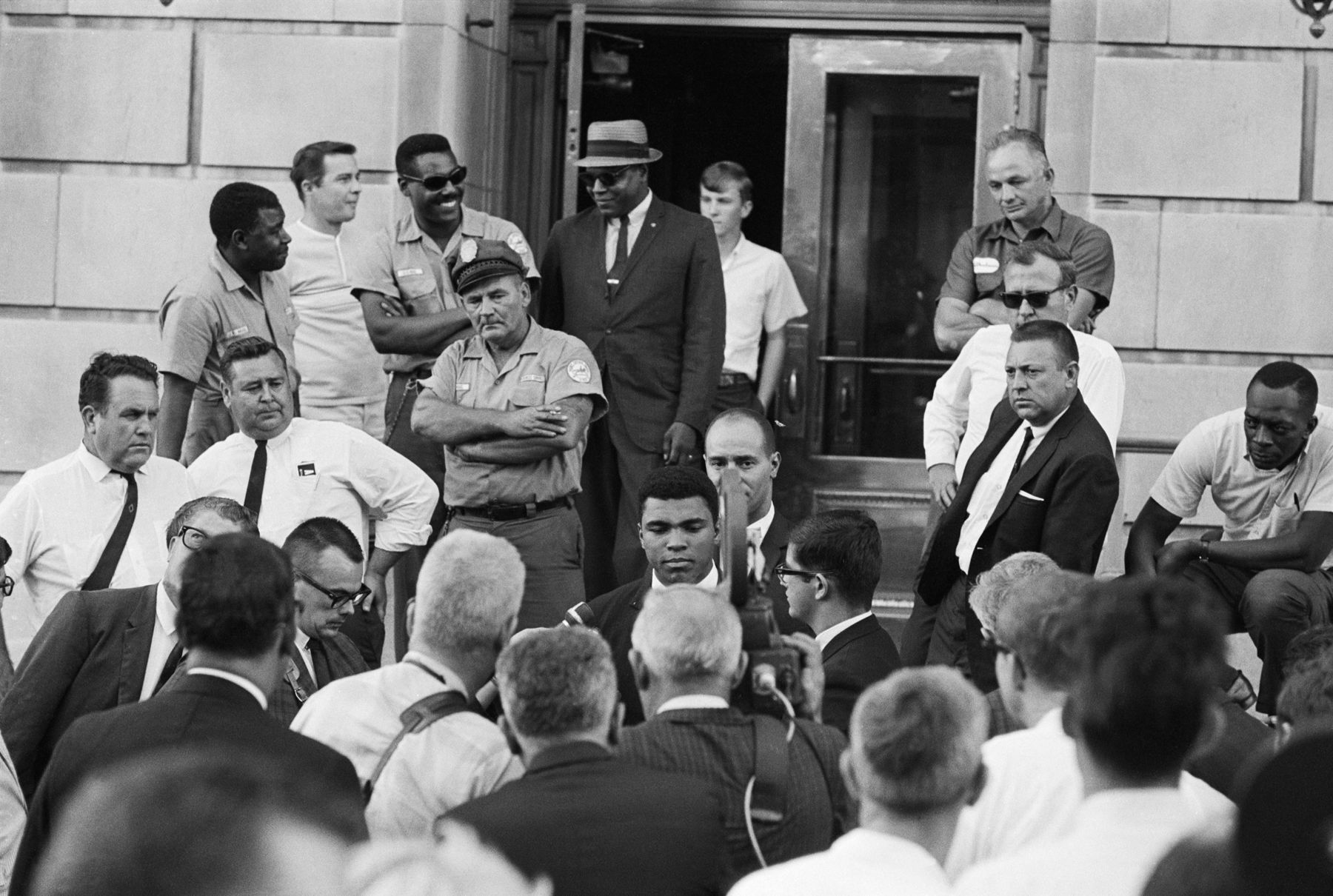
Mobilizing America for the Second World War
After the war, Congress consistently declined to extend the system of military draft or compulsory service. In September 1940, however, a full year after World War II had begun in Europe and three months after the fall of France, Congress passed the Selective Service and Training Act to augment a peacetime army that numbered fewer than 175,000 men. On October 29, Secretary of War Henry L. Stimson reached into a large glass bowl and withdrew a capsule containing the number 158, the initial lottery number of the first peacetime draft in the history of the United States. During the ensuing six years, more than 10 million draftees were inducted into the American armed forces.
On the first day of registration, two weeks prior to the commencement of the lottery, more than 16 million men reported to 6,175 local draft boards across the country to register. One of the leading Socialists of the time, Norman Thomas, called the draft “a day of mourning for the death of the American way of life.” Thomas had been an organizer of the isolationist America First Committee but changed his perspective following the Japanese attack on Pearl Harbor on December 7, 1941.
Nearly 50 million men would register for the draft over the course of the war, and the much-dreaded official letter from the draft board, beginning with, “Greetings,” ordered them to report for induction. To serve in the army, men had to be at least five feet tall (and no taller than six feet six), weigh at least 105 pounds, have correctable vision, and possess at least half of their teeth. Draftees were sorted into a variety of classifications from I-A, designating those who were fit and available immediately for military service; to I-A-O, which identified a conscientious objector available for military service in a noncombat role; to IV-F, for those who were physically or “morally” unfit. About 30 percent of the roughly 20 million American males who received official draft notices subsequently were disqualified for service. Originally, inductees were limited to men between the ages 21 and 35. However, as the war progressed and the need for manpower increased, the minimum age was lowered to 18, and the required length of service was increased from one year to the duration of the war plus six months.
Diversity in the Ranks
Although U.S. armed forces remained segregated throughout World War II, members of minorities were drafted as well. By the end of World War I, a total of 415,000 black soldiers had served in uniform. By 1945, nearly 1.2 million were serving, although relatively few were in designated combat units. Japanese Americans, many of whose families were living behind barbed-wire compounds after their forced relocation from West Coast cities, were given the opportunity to enlist in the army or remain behind with their families—which amounted, in a way, to de facto conscription.
Draft Dodging in World War II: A Rare Occurrence
Considering the enormous number of American men who were required to register for the draft and subsequently were called up, relatively few documented cases of draft evasion were reported during World War II. Only about 350,000 such cases were noted, and many of these involved minor misunderstandings such as failure to make a deadline or providing incomplete or incorrect information on a registration form. One of the most remarkable cases of attempting to evade the draft involved Valley Station, Kentucky, resident Everett Stewart, who eventually served a three-year sentence in federal prison. Feigning serious illness on a number of occasions, Stewart pretended to be various members of his own family and helpfully provided the local draft board with periodic poignant updates on his failing health. Stewart even dressed up as a woman, trying to pass himself off as his own widow to report his supposed death.

The Draft in the Cold War
In 1947, President Harry S Truman advocated that the Selective Training and Service Act be allowed to expire and that the armed forces be reduced to lower levels for peacetime purposes. Just over a year later, however, the escalating tension of the Cold War prompted Truman to petition Congress to begin a new round of drafting under yet another Selective Service Act. Men aged 19 to 26 were subject to induction for a period of 12 months. The coming of the Korean War in 1950 resulted in a draft of men between the ages of 18 and 35 for enlistment terms averaging 24 months. In 1951, Congress enacted the Universal Military Training and Service Act, which required all American males between the ages of 18 and 26 to register for the draft. The Reserve Forces Act became law the following year and obligated every draftee or enlistee to an eight-year period of active or reserve status. From June 1950 to June 1953, more than 1.5 million men were drafted. Many of these draftees served in Korea or on occupation duty in Europe and Asia. World War II veterans were exempt from the Korean War draft.
Fueled by the tension of the Cold War, a peacetime draft remained in effect during the late 1950s and early 1960s, although it was considerably limited when compared with that of the Korean conflict. Those called up were required to serve for two years of active duty and often found themselves deployed to Korea or West Germany. The induction of the so-called King of Rock and Roll, Elvis Presley, caused a months-long sensation and was duly documented by the media. Cameras rolled as Elvis sat for his regulation army haircut, and huge crowds followed his every move. Presley was inducted on March 24, 1958, and was discharged from active duty on March 5, 1960, and from the Army Reserve on March 23, 1964. During his military tenure, he served in the 3rd Armored Division and was stationed in Germany for 16 months. Had his illegal-alien manager, “Colonel” Tom Parker, not insisted on Presley being called to active duty as a way of deflecting unwanted attention from himself, the singer likely would have been allowed to perform a nonmilitary role in the entertainment arm of the service, perhaps getting by with giving a few charity concerts for the troops. As it was, Presley became addicted to amphetamines while serving in Germany, the first step on a long, sordid spiral of drug abuse, obesity, and early death.
At the height of American involvement in the Vietnam War, the first draft lottery since 1942 was held on December 1, 1969. Representative Alexander Pirnie, a member of the House Armed Services Committee, drew one of 366 capsules from a large glass bowl. It contained the date September 14, which meant that all men born on that date between 1944 and 1950 were subject to the initial call-up in calendar year 1970. Those men with June 8 birthdays found themselves in the enviable 366th position, at the very bottom of the list. All young men of the period still recall vividly their lottery number—the editor’s, for instance, was 334.
Avoiding the Draft: Dodging, Deferments, and Champagne Units
Deferments were a serious bone of contention during the time of the Vietnam War. Prior to reforms enacted in 1971, an individual could qualify for a student deferment merely by presenting evidence that he was progressing toward a college degree and attending classes full time. Afterward, a college student could defer induction only until the end of his current semester, or in the case of a senior, until the conclusion of the academic year. Student deferments favored the more affluent who were able to gain admission to college and finance the cost of their education—or those of the middle class whose families were willing to shoulder the added burden of student loans to keep their sons out of an increasingly unpopular war.

Many sought to avoid the draft by joining the National Guard or some component of the Reserves. A number of sons from wealthy and influential families joined so-called Champagne units, which were often part of the National Guard and much less likely to see active duty. Only 8,700 of those servicemen assigned to Champagne units were called to active duty and sent to Vietnam. The 147th Fighter Group of the Texas Air National Guard, located at Ellington Air Force Base near Houston, was the most famous—or infamous—unit. Its privileged roll included future president George W. Bush, seven members of the Dallas Cowboys professional football team, and the sons of Texas senators John Tower and Lloyd Bentsen and Texas governor John Connally.
An estimated 100,000 young men who were subject to the draft went into self-imposed exile. Roughly 90 percent of that number fled to Canada, which generally welcomed the draft evaders. During the course of the Vietnam War, nearly 210,000 men were identified as violators of the Selective Service laws; more than 350,000 others avoided prosecution. A total of 25,000 indictments were issued, with 8,750 individuals subsequently convicted and nearly 4,000 sent to prison. Presidents Gerald Ford in 1974 and Jimmy Carter in 1977 introduced amnesty programs for Vietnam War draft evaders, allowing them to return home to the United States.
An Unpopular War
Well before the 1969 lottery, opposition to the Vietnam-era draft was widespread. Demonstrations, including the burning of draft cards, became common, and violence erupted on college campuses across the United States. Some opponents of the draft called for an end to Selective Service altogether. In 1965, the U.S. Supreme Court considered several draft-related cases and widened the interpretation of the conscientious objector provision to encompass those with nontraditional religious beliefs. A year later, President Lyndon Johnson initiated a study of the Selective Service system, and by 1970 the number of conscientious objectors had mushroomed to two and a half times its level three years earlier.
Prior to the December 1969 lottery, President Richard Nixon had directed the implementation of a “19-Year-Old Draft” in which young men not inducted into the armed forces at 19 were exempt from induction unless a national emergency or declaration of war necessitated their call-up. However, deferments for certain types of hardships and various occupations remained a troublesome issue. In 1973, the Selective Service Act of 1967, extended by Congress in 1971, was allowed to expire. Thus ended the authority of the federal government to conscript its citizens for service in the armed forces. During the Vietnam era, from August 1964 through February 1973, a total of 1,857,304 young American men had been pressed into military service through the Selective Service system.
Although the draft had ended and the American armed forces had become an all-volunteer enterprise, the requirement for young men to register for the draft remained in effect until it was also suspended in April 1975. When the Soviet Union invaded Afghanistan in 1980, President Carter responded by reinstating the registration requirement for males aged 18 to 26. These registrants were subject to call-up until the age of 35. Today, the Selective Service, with an annual budget of more than $24 million, has registered some 13.5 million men, and compliance with the law is estimated at 93 percent.
Throughout history, national governments have required young men (and sometimes young women) to relinquish their personal liberty for military service. Often controversial, the conscription of private citizens, slaves, or simply those caught up in the swirl of political events, has enabled nations to raise large armies and wage war on a grand scale. Whether that has been a fundamental blessing to mankind, or a curse, remains very much an open question.
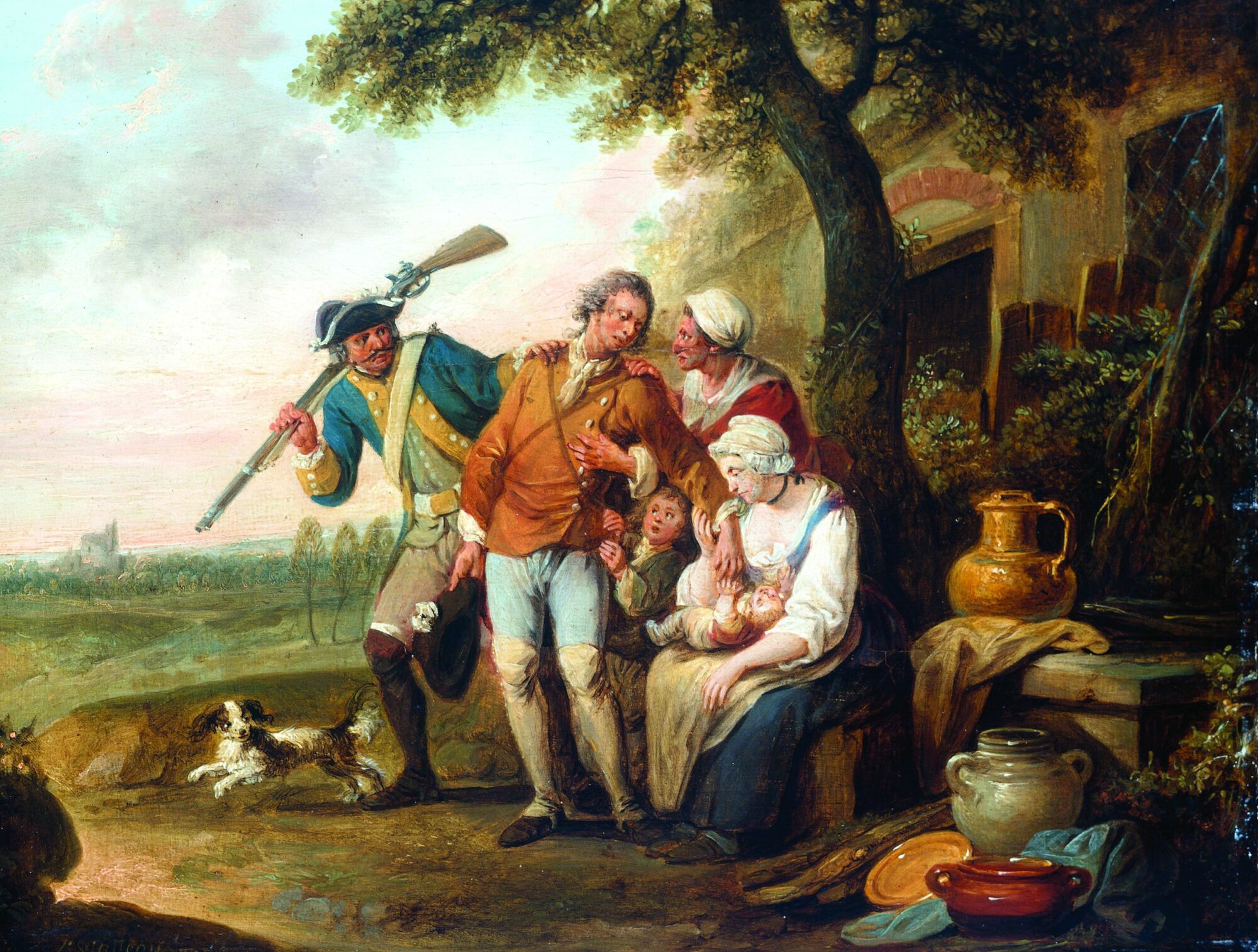
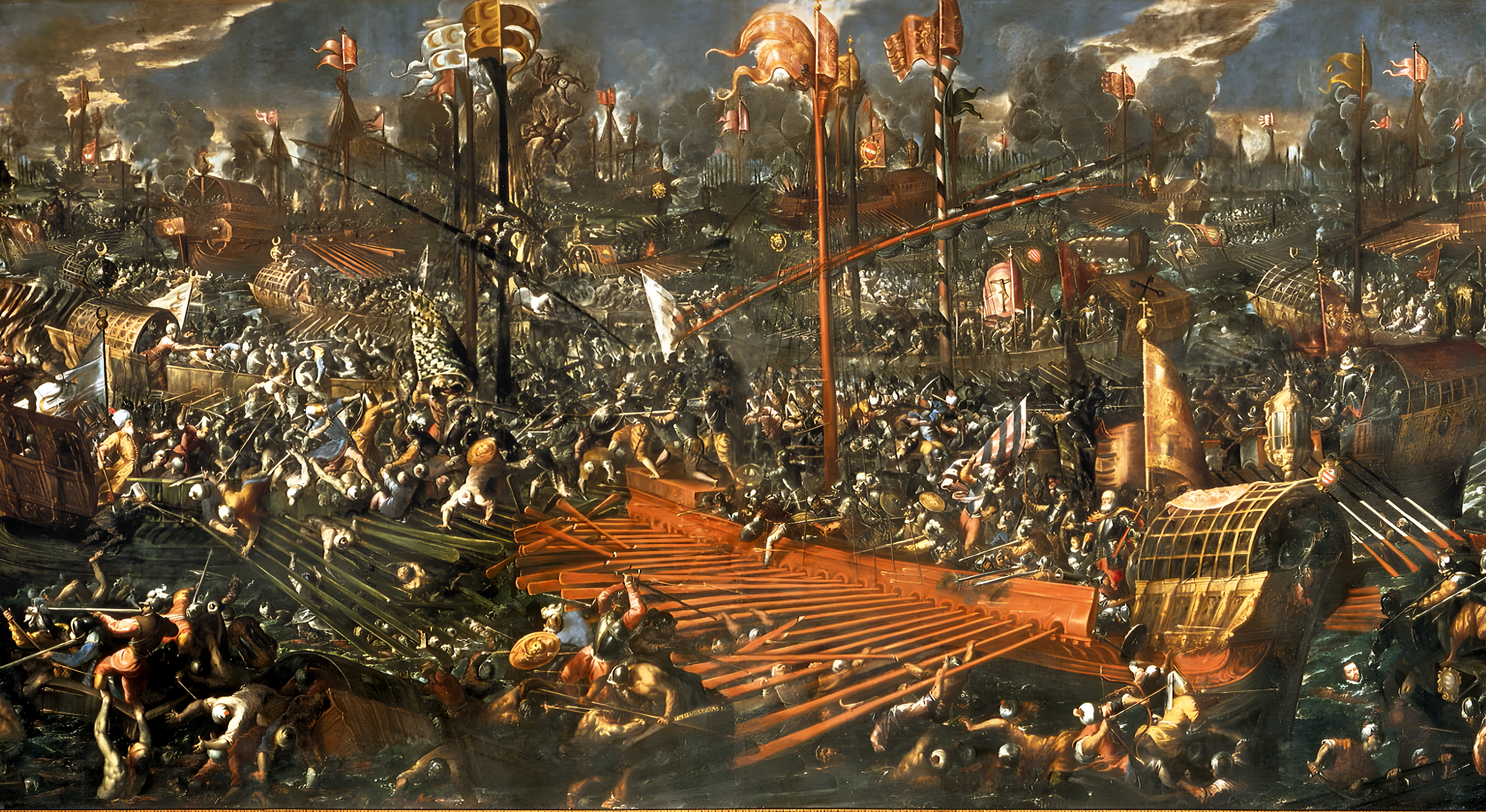

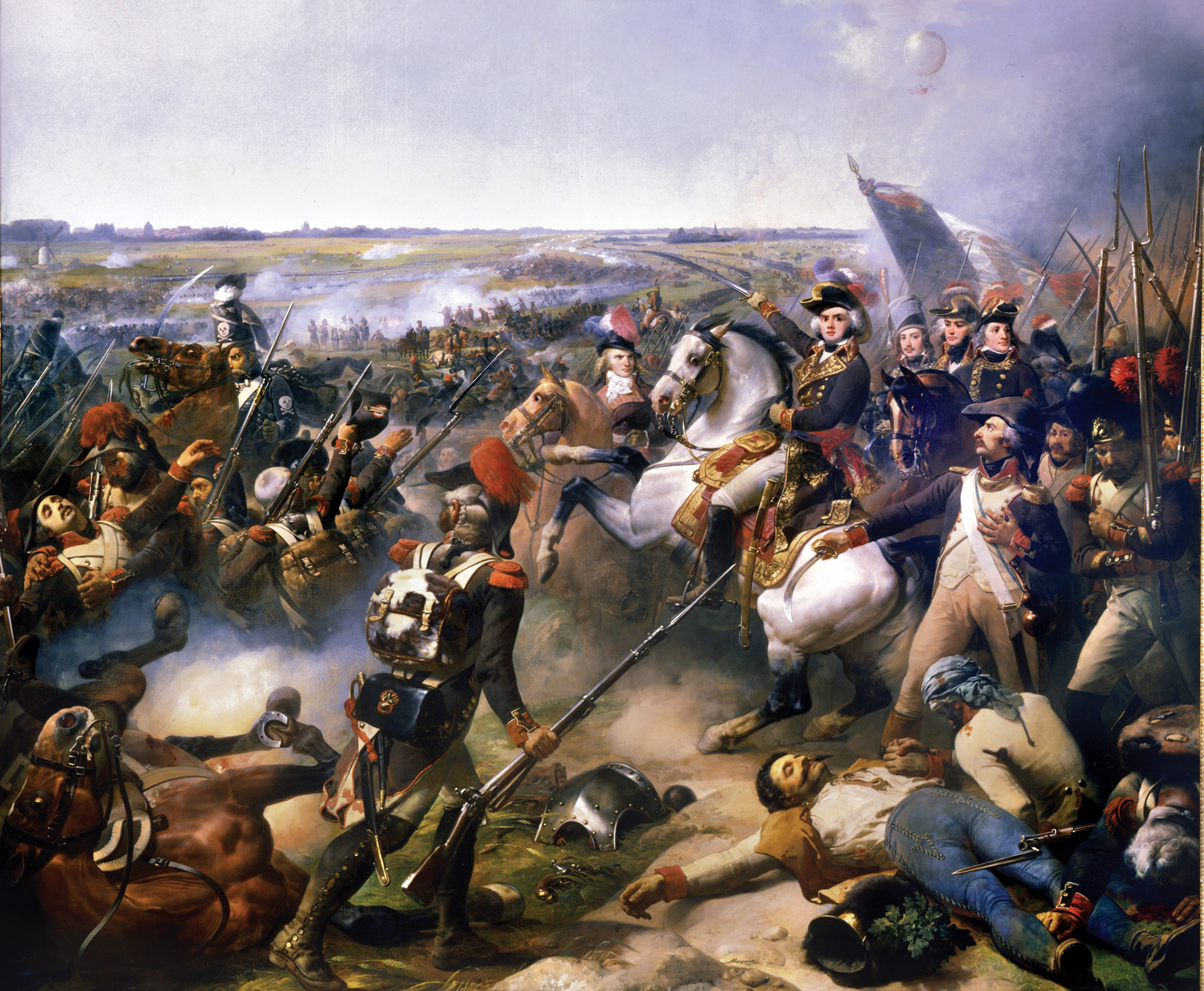
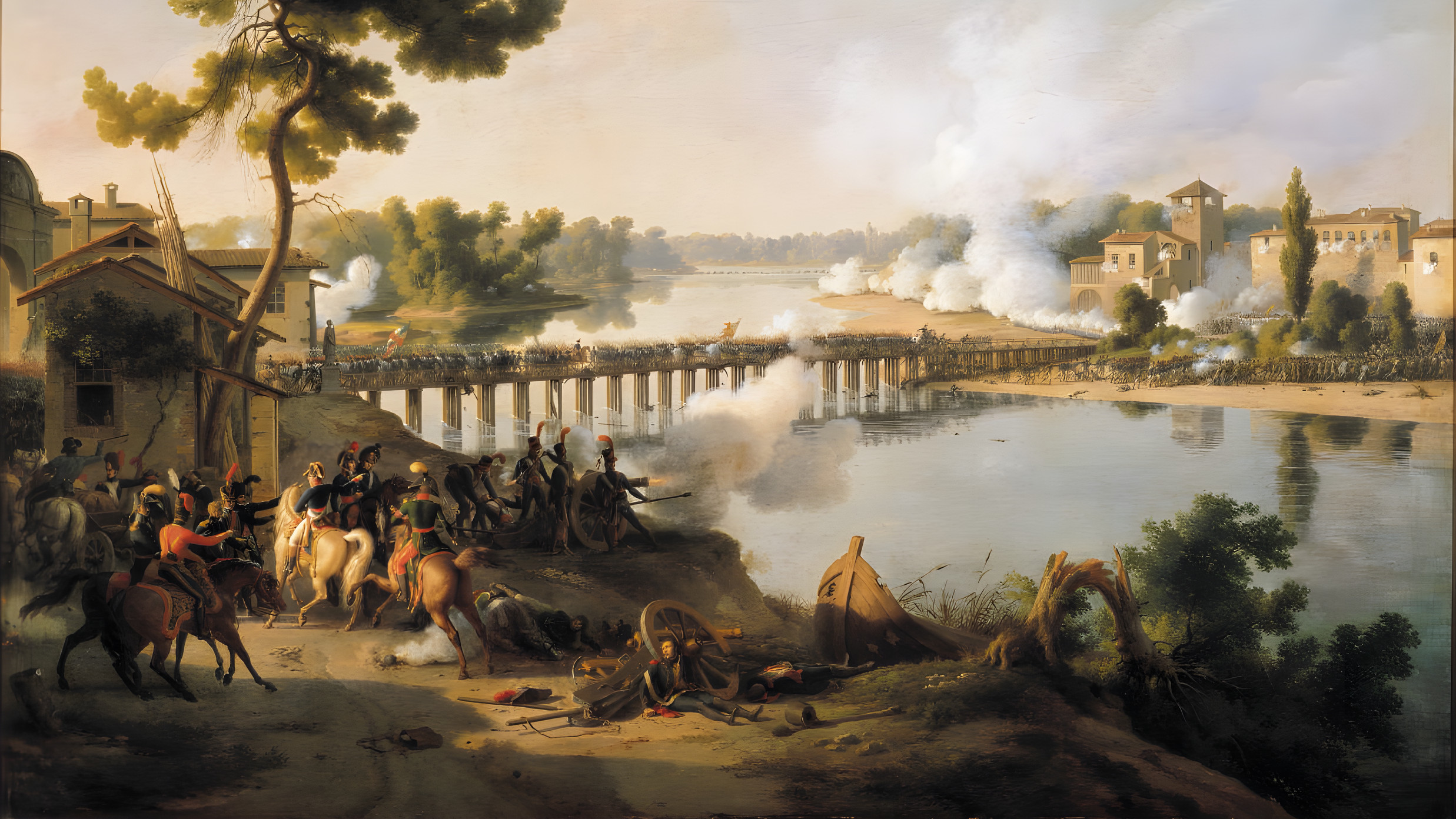
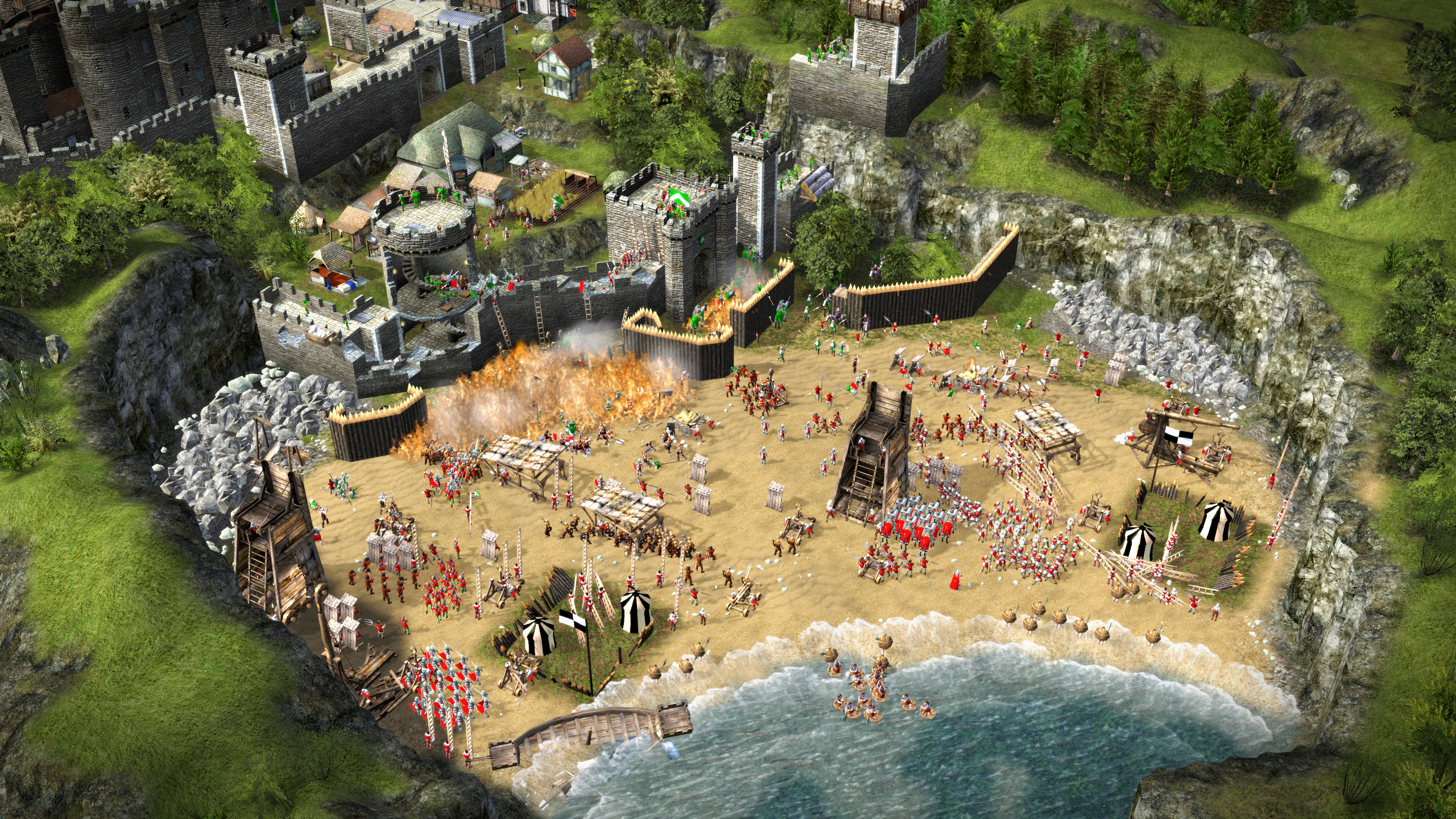
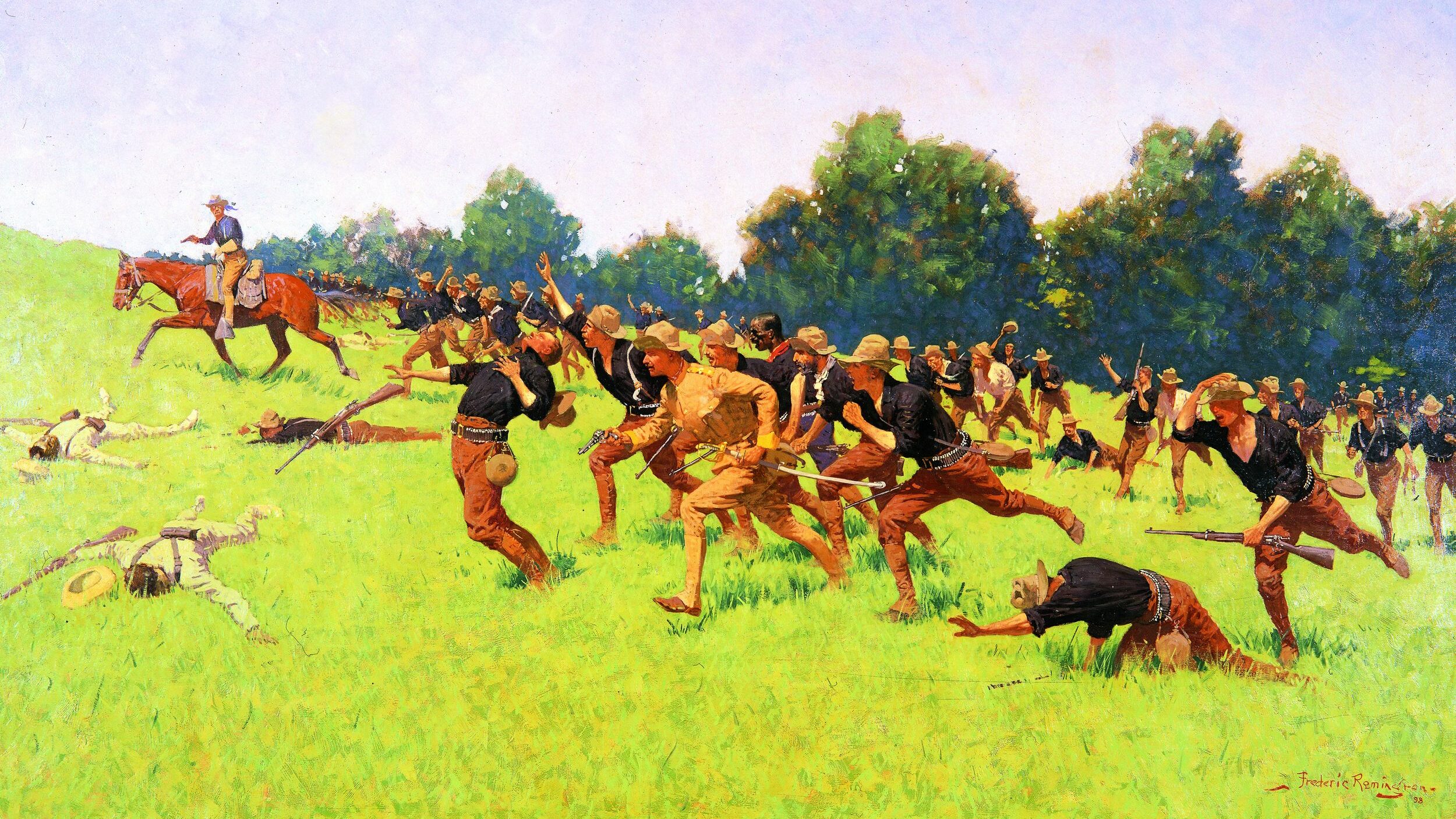
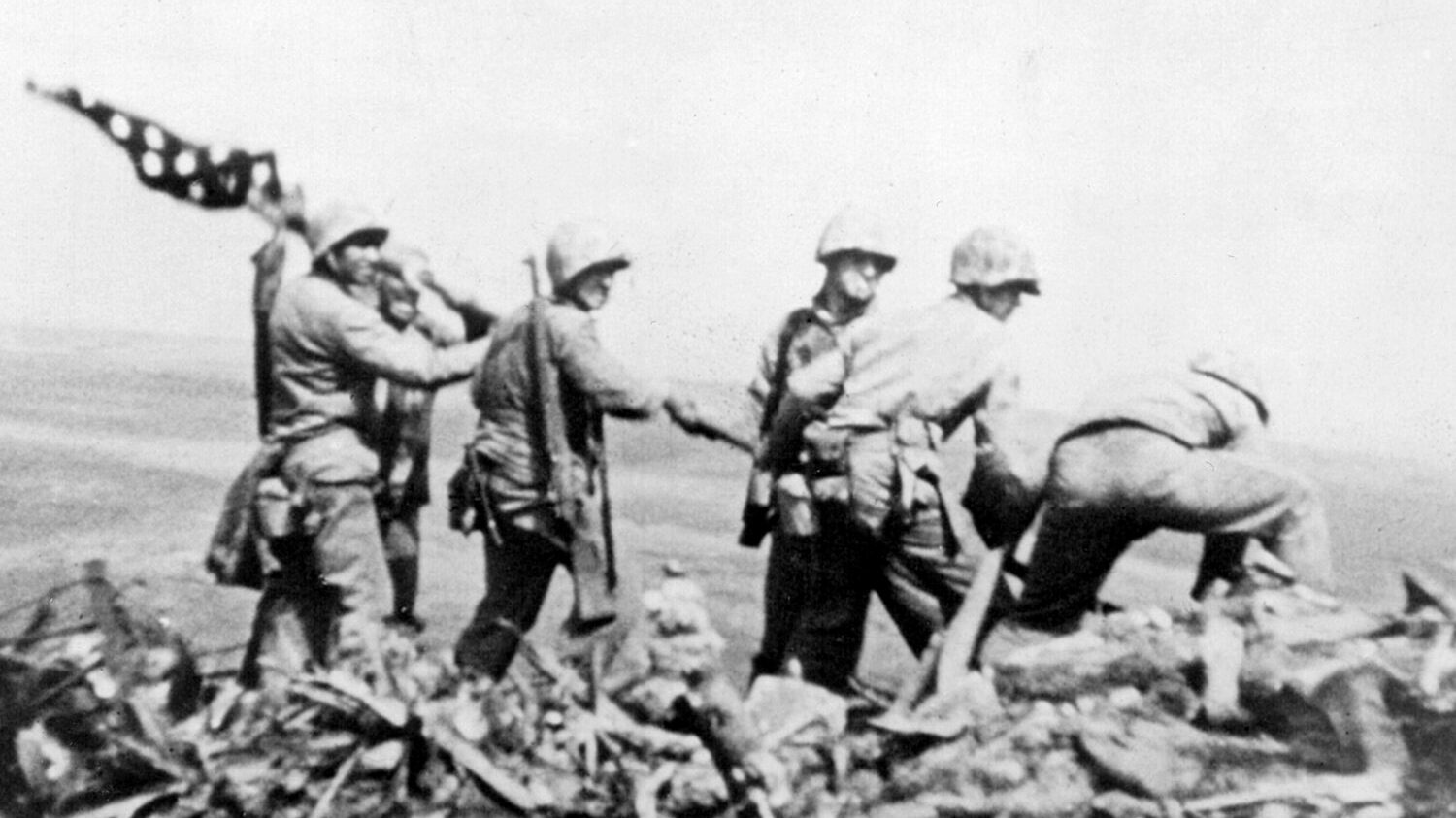
Join The Conversation
Comments
View All Comments